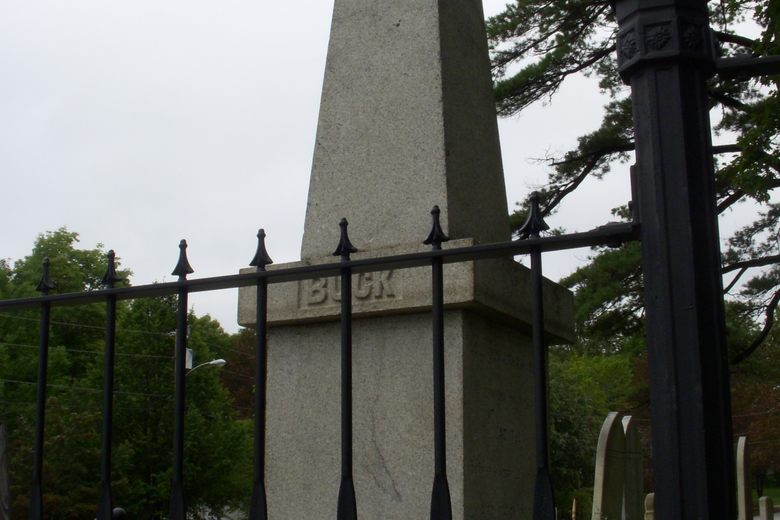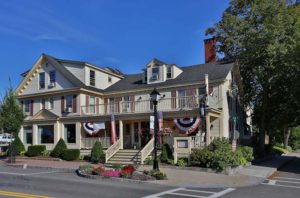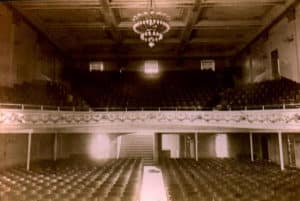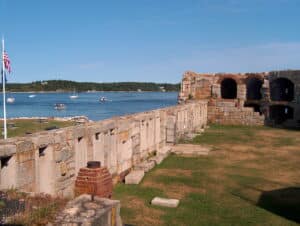Exploring the Mysterious Legacy of Colonel Buck’s Tomb in Bucksport, Maine
In the quaint coastal town of Bucksport, Maine, a peculiar and chilling monument draws the curiosity of both locals and tourists. This is the tomb of Colonel Jonathan Buck, a figure surrounded by ghostly tales and a sinister curse. Nestled amidst the scenic landscapes of Maine, this historical site offers a glimpse into a haunting narrative that intertwines witchcraft, a curse, and an unexplained paranormal phenomenon.
The Sinister Tale Behind Colonel Buck’s Tomb
Colonel Jonathan Buck, a name that resonates with infamy in Bucksport’s folklore, was not only a Revolutionary War hero but also a founding father of the town itself, established in 1764. As a prominent judge during a time when the fear of witchcraft loomed large in Puritan communities, Buck’s legacy took a dark turn when he presided over a witchcraft trial that would etch his name in the annals of haunted histories.
The story goes that a woman, accused of witchcraft and condemned by Buck, cursed him with her dying breath. She proclaimed that the imprint of her foot would forever mar his tombstone as a stark reminder of her unjust demise. True enough, after Buck passed away on March 18, 1795, and was interred in the local cemetery, a bizarre mark resembling a leg and a boot appeared on his tombstone, a mark that mystifyingly resists all efforts to erase it.
Is There Truth to the Haunting?
Visitors to Colonel Buck’s tomb are often greeted by the eerie sight of a leg and boot imprint just below the engraved name “Buck” on the large stone monument erected by his grandchildren in 1852. This peculiar phenomenon has baffled skeptics and believers alike, with many interpreting it as the manifestation of the old curse. Despite numerous attempts to remove the mark, it invariably reappears, fueling speculation about supernatural forces at play.
The persistent visibility of the witch’s boot imprint serves as a chilling narrative to all who visit, suggesting perhaps a greater truth lies beyond the tangible world. For those intrigued by ghostly legends, Colonel Buck’s tomb offers a compelling story of vindictive spirits and unresolved histories.
For more eerie tales and historical insights, consider delving into Charles A. Stansfield Jr.’s book, “Haunted Maine: Ghosts and Strange Phenomena of the Pine Tree State”, which explores more of Maine’s ghostly lore.
Address: Colonel Buck’s Tomb, Bucksport, ME 04416
Whether you are a believer in the paranormal or simply a lover of historical mysteries, a visit to Colonel Buck’s Tomb in Bucksport is sure to provide a fascinating glimpse into a tale that blurs the lines between this world and the next. The story of Colonel Buck’s cursed tomb not only captivates the imagination but also serves as a poignant reminder of the power of myth and memory in shaping our understanding of the past.















Leave a Reply